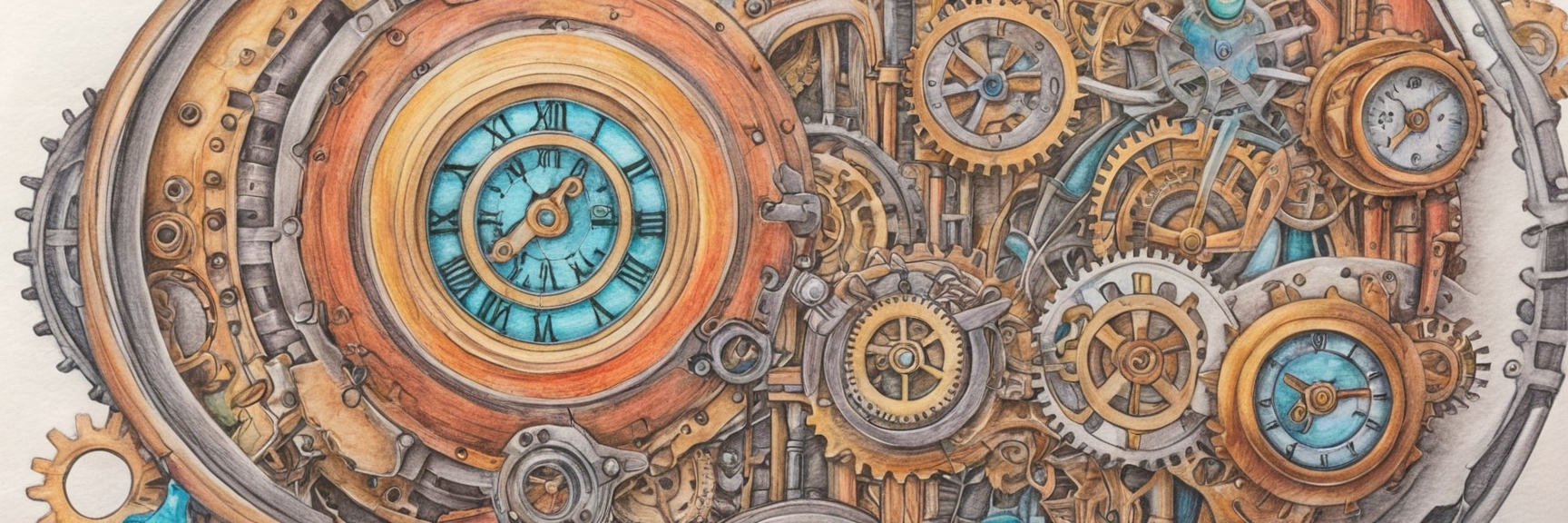
Adult coloring books have taken the world by storm, offering a fun and relaxing way to unwind. But if you’re looking to take your coloring game to the next level, you’re in the right place. In this guide, we’ll explore some creative coloring techniques that will elevate your artwork and make your pages pop. Grab your favorite coloring tools, and let’s dive in!
The Magic of Blending
One of the most transformative coloring techniques is blending. This method allows you to create smooth transitions between colors, adding depth and dimension to your work. There are several ways to blend colors, whether you’re using colored pencils, markers, or pastels.
Colored Pencils
For colored pencils, start by layering light colors and gradually build up to darker shades. Use a blending pencil or a white pencil to smooth out the transitions. You can also try using a blending stump or even a bit of tissue paper to achieve a seamless look.
Markers
Blending with markers can be a bit trickier, but it’s definitely achievable. Use markers with similar hues and work quickly before the ink dries. Alcohol-based markers, like Copics, are particularly good for blending. You can also use a colorless blender marker to help merge the colors together.
Pastels
Soft pastels are fantastic for blending. Use your fingers, a cotton ball, or a blending stump to mix the colors. The result is a soft, dreamy effect that’s perfect for backgrounds and large areas.
Mastering Gradients
Gradients are another great way to add interest to your coloring pages. A gradient is a gradual transition from one color to another, and it can be used to create stunning effects.
Two-Color Gradient
Start with two colors that are next to each other on the color wheel. Begin with the lighter color and slowly introduce the darker color, blending them where they meet. This technique is excellent for skies, water, or any element where a soft transition is desired.
Multi-Color Gradient
For a more complex look, try a multi-color gradient. Choose three or more colors that transition smoothly. Begin with the lightest color and work your way to the darkest, blending each color into the next. This method can create beautiful, vibrant effects.
Adding Texture
Adding texture to your coloring pages can make them more dynamic and interesting. There are many ways to introduce texture, depending on the tools you have.
Cross-Hatching
Cross-hatching involves drawing intersecting lines to create a sense of texture and depth. Vary the density and direction of the lines to achieve different effects. This technique is great for adding shadows and highlights.
Stippling
Stippling is the process of adding dots to your artwork. The closer together the dots, the darker the area will appear. This technique can be time-consuming, but it results in a unique and detailed texture.
Scumbling
Scumbling involves using small, circular motions to apply color. This technique is particularly effective with colored pencils and can be used to create soft, textured effects.
Experimenting with Different Tools
Don’t be afraid to mix things up and experiment with different coloring tools. Combining various media can produce stunning results.
Watercolor Pencils
Watercolor pencils are a fantastic hybrid tool that can be used dry like regular colored pencils or wet for a watercolor effect. Try applying a light wash of water after coloring to blend the colors and create a painterly look.
Gel Pens
Gel pens add a touch of sparkle and shine to your coloring pages. Use them for details, highlights, or to add a bit of pizzazz to your work. Metallic and glitter gel pens are especially fun to play with.
Mixed Media
Combining different tools and techniques can lead to unique and exciting results. Try using markers for the base colors, colored pencils for shading, and gel pens for highlights. The possibilities are endless!
Incorporating Patterns
Adding patterns to your coloring pages can give them a professional and polished look. Here are some fun and easy patterns to try:
-
Stripes: Use straight or wavy lines to add stripes to your work.
-
Polka Dots: Create a playful look with evenly spaced dots.
-
Zentangle: Fill areas with intricate, repeating patterns for a detailed and mesmerizing effect.
-
Checkerboard: Alternate two colors in a checkerboard pattern for a bold look.
Tips for Staying Inspired
Even the most enthusiastic colorists can hit a creative block from time to time. Here are some tips to keep your inspiration flowing:
Join a Coloring Community
Online coloring communities are great for sharing your work, receiving feedback, and finding inspiration. You can join a Facebook group or follow coloring hashtags on Instagram. Participating in online challenges is also a fun way to stay engaged. These activities help you connect with fellow colorists and keep your creativity flowing.
Try New Themes
If you typically color mandalas, consider trying floral designs, animals, or fantasy scenes. Branching out to new themes can refresh your coloring experience. Exploring different styles keeps things exciting. This change can reignite your passion for coloring.
Take Breaks
Taking breaks is essential to avoid forcing creativity. Stepping away from your coloring book for a while can be very beneficial. When you return, you’ll have fresh eyes and renewed energy. This approach often leads to better results and a more enjoyable coloring experience.
New Coloring Techniques Keeps it Fun
Coloring is a delightful and rewarding hobby that can be as simple or as complex as you want it to be. By exploring these creative coloring techniques, you can elevate your artwork and discover new ways to express yourself. Remember to have fun and enjoy the process—after all, the journey is just as important as the finished piece. Happy coloring!

